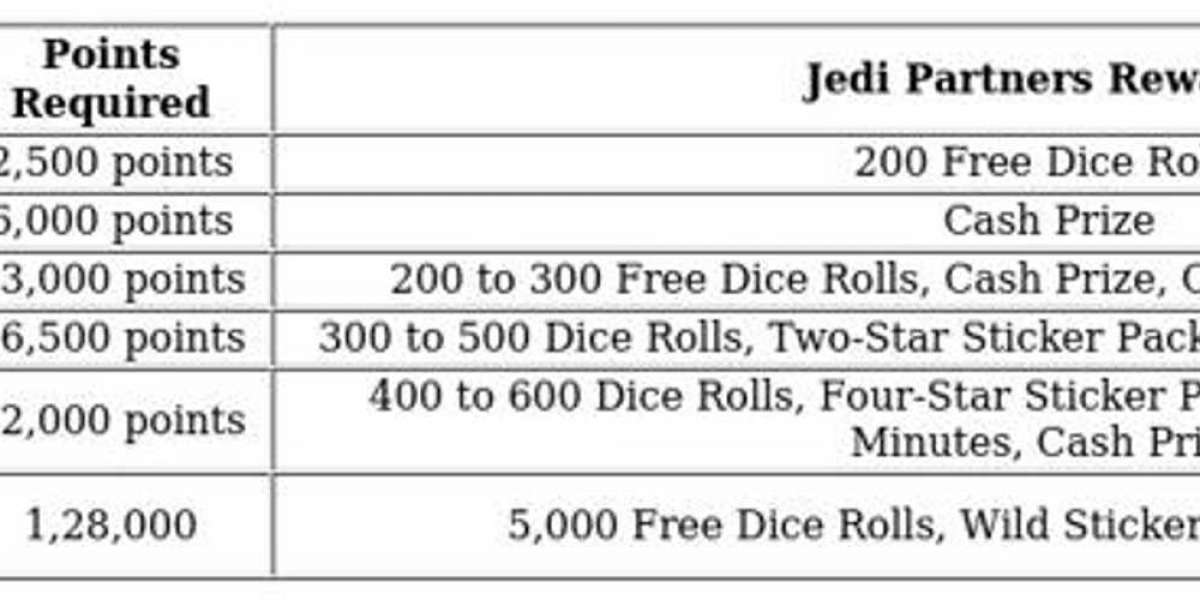Neuropsychiatric Frontiers: A Look at Recent Advancements in Diagnosis and Treatment
The field of neuropsychiatry is buzzing with activity, as researchers continue to unveil new insights into the complexities of the brain and develop innovative approaches to treating conditions like depression, anxiety, and schizophrenia. From novel drug mechanisms to advanced diagnostic tools, the landscape of brain health is rapidly evolving.
Promising New Therapies Emerge
Recent developments highlight a shift towards more targeted and effective treatments. In the realm of schizophrenia, a new antipsychotic, Cobenfy (xanomeline and trospium chloride), approved by the FDA in September 2024, is generating excitement. Unlike older medications that primarily target dopamine, Cobenfy operates via muscarinic receptors, offering a novel mechanism that aims to reduce symptoms without some of the debilitating side effects often associated with traditional antipsychotics. Further research into its long-term efficacy is ongoing.
For depression, several avenues are being explored:
- Esketamine nasal spray (Spravato) has been approved as the first monotherapy for treatment-resistant depression, demonstrating rapid symptom reduction and relapse prevention.
- New research is investigating potential therapies that modulate brain cell activity through potassium channels, offering a fundamentally different approach to addressing depressive symptoms.
- The phase 3 EMERGE study is evaluating MM120 ODT, a proprietary form of lysergic acid diethylamide (LSD), for major depressive disorder, building on promising earlier trials.
- Zuranolone has shown significant efficacy in improving anhedonia and depressive symptoms in patients with postpartum depression, as highlighted in the SKYLARK Study.
- Companies like Alto Neuroscience are advancing clinical trials for novel precision medicines, including ALTO-203 (a histamine H3 inverse agonist for MDD with anhedonia) and ALTO-300 (a melatonin agonist and 5-HT2C antagonist for MDD characterized by an EEG biomarker).
Non-invasive brain stimulation techniques are also making strides, with new research demonstrating a significant reduction in depression, anxiety, and PTSD symptoms using sound wave therapy that directly targets deep brain regions.
Understanding the Brain: New Insights and Diagnostic Tools
Beyond treatment, a deeper understanding of the brain's intricate workings is paving the way for improved diagnosis and personalized care.
- A new study suggests that personality tests could help personalize care for individuals with bipolar disorder, leading to more precise treatment strategies.
- Researchers have identified nine molecules in the blood that are elevated in teens diagnosed with depression, which also predicted how symptoms might progress over time, offering potential biological markers for early detection.
- The discovery of distinct roles for two dopamine receptors in a previously overlooked part of the brain is shedding light on the complex circuitry underlying anxiety and depression.
- Studies are also investigating the impact of environmental factors, with research suggesting that neighborhood stress may affect children's brains and increase depression risk.
- The link between handedness and neurological disorders such as autism spectrum disorders continues to be a subject of research.
In a concerning development, a groundbreaking collection of papers in the May issue of Brain Medicine synthesizes mounting evidence that microplastics from ultra-processed foods may be accumulating in human brains, potentially contributing to the rising global rates of depression and dementia. This research suggests that industrial food processing significantly increases microplastic exposure.
The Future of Neuropsychiatric Drug Development
The field is witnessing a renewed interest in neuropsychiatric diseases, driven by unmet medical needs, the push for personalized medicine, and the discovery of novel mechanisms of action.
- New mechanisms of action (MOAs) are a key trend, with therapies moving beyond receptor-based approaches to target more upstream processes like gene expression and cellular stability. For example, a SIRT6 activator is in development for MDD, focusing on epigenetic mechanisms.
- Artificial intelligence (AI) is playing an increasingly vital role in drug discovery and development. AI is being used to speed the creation of novel drug structures, analyze drug candidate profiles, and even interpret brain network analytics (BNA) from EEG data to understand target engagement and optimize dosing.
- Companies like Neumora Therapeutics are leveraging integrated suites of translational, clinical, and computational tools to develop precision medicine approaches for a broad range of neuropsychiatric and neurodegenerative diseases.
While challenges remain, particularly in addressing the heterogeneity of these disorders and the placebo response in trials, the ongoing research and development in neuropsychiatry offer significant hope for patients seeking more effective and personalized treatments in the years to come.








